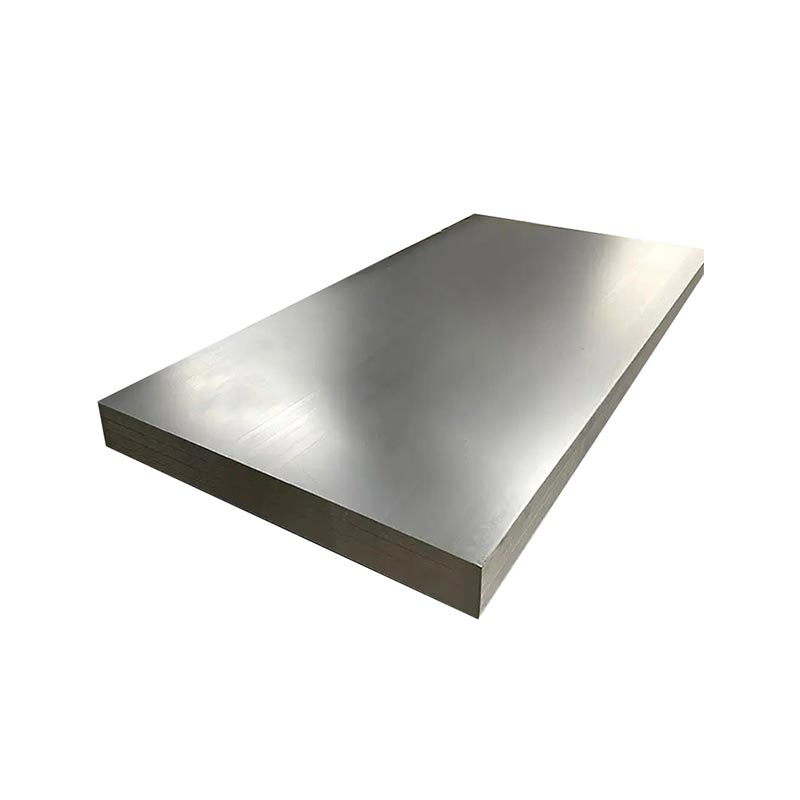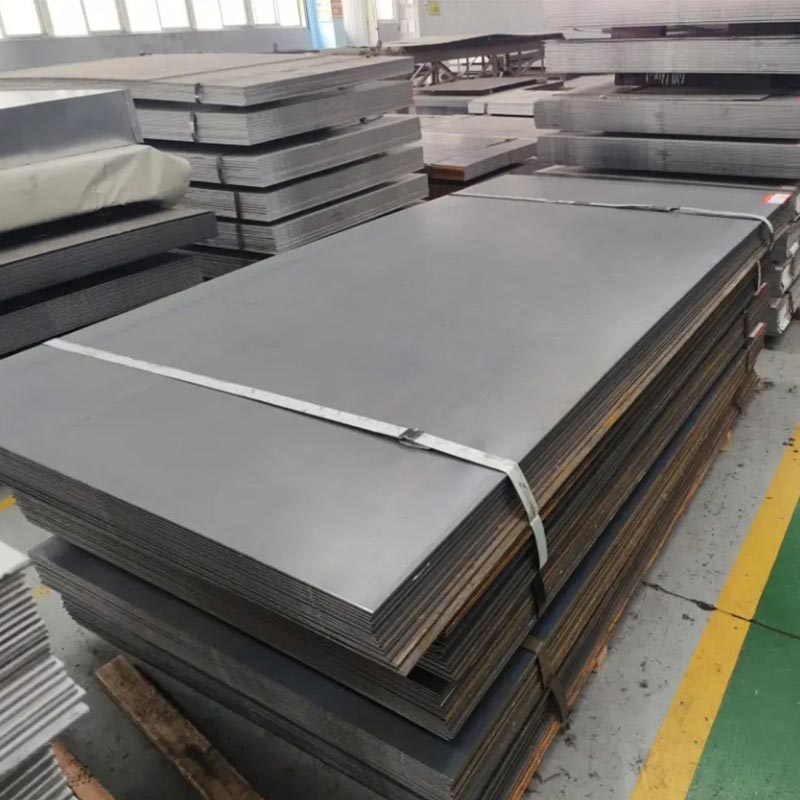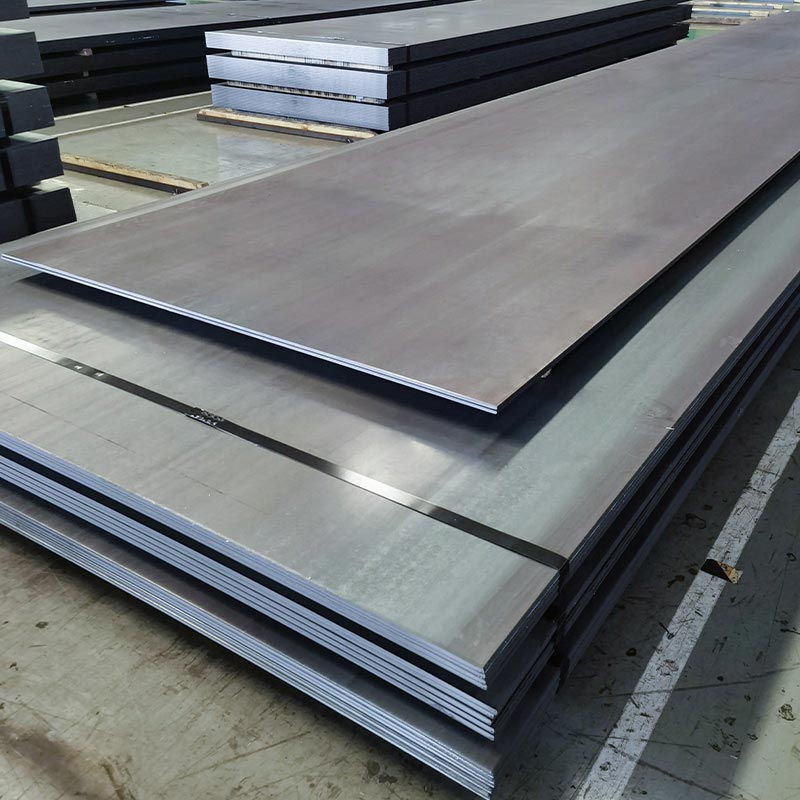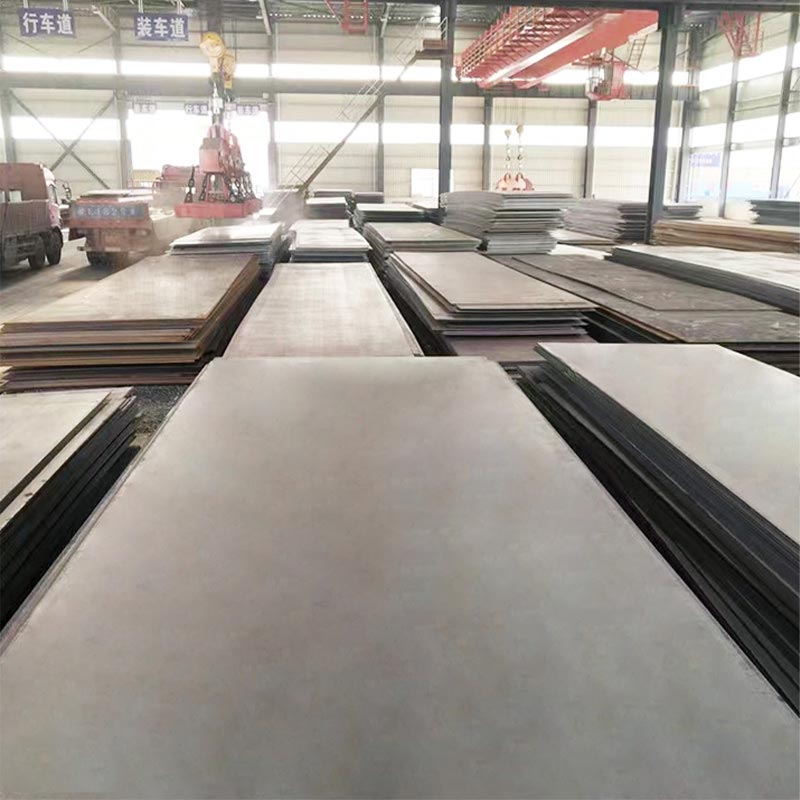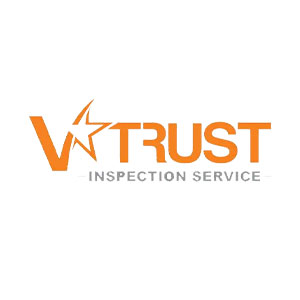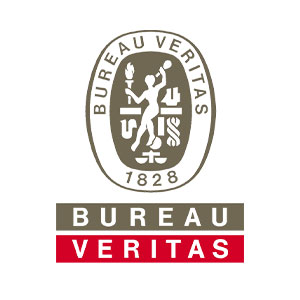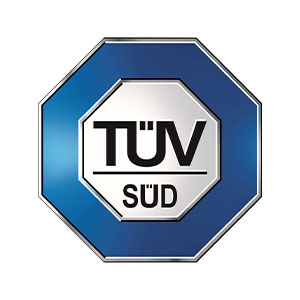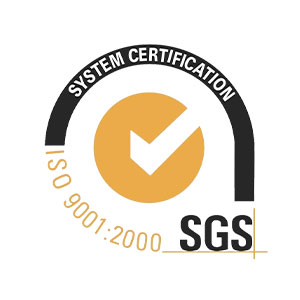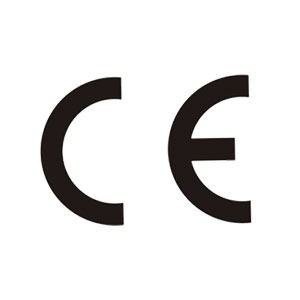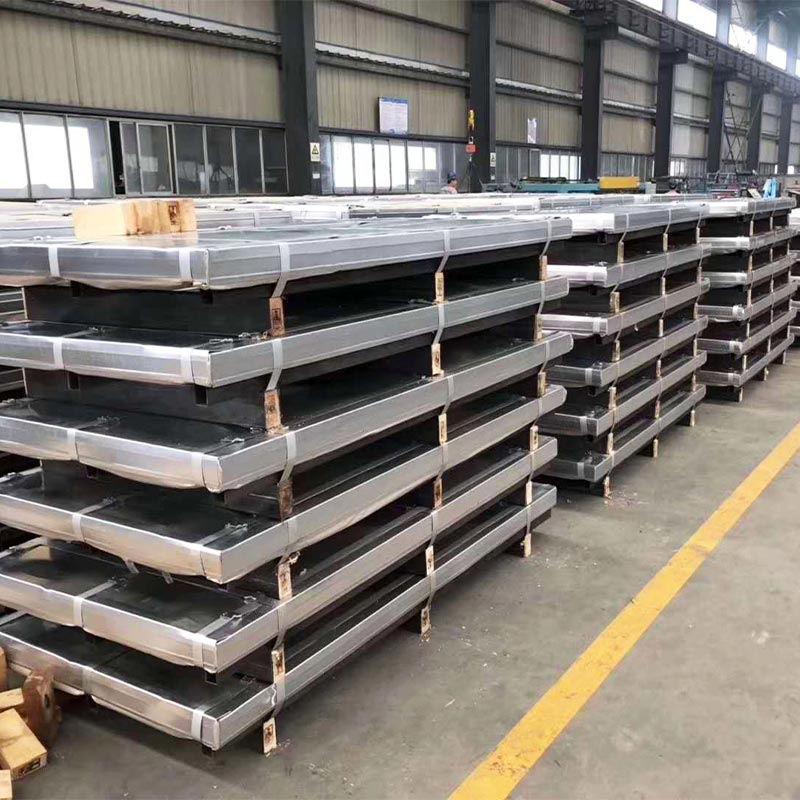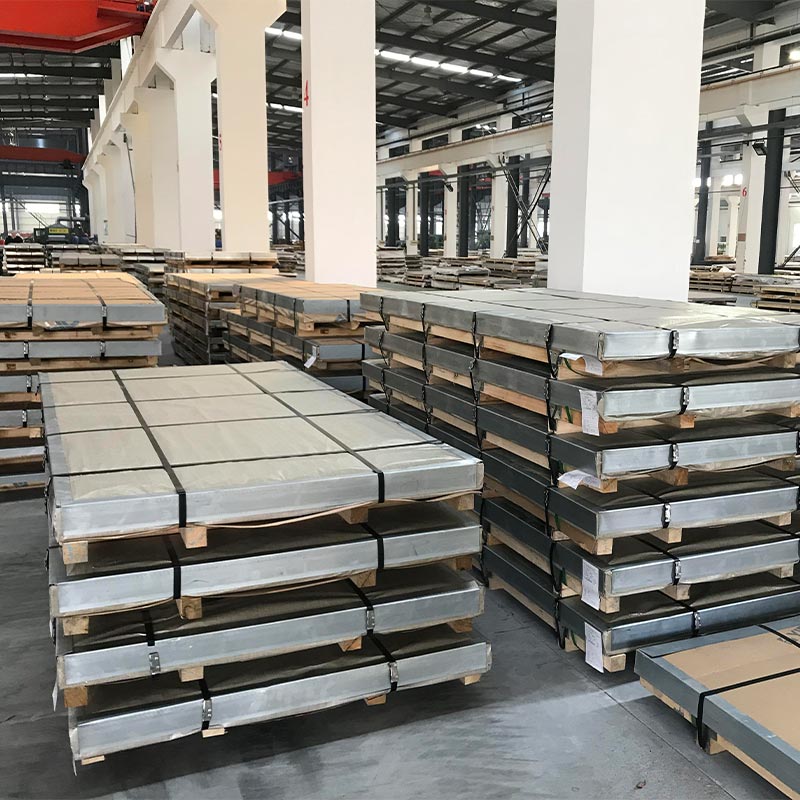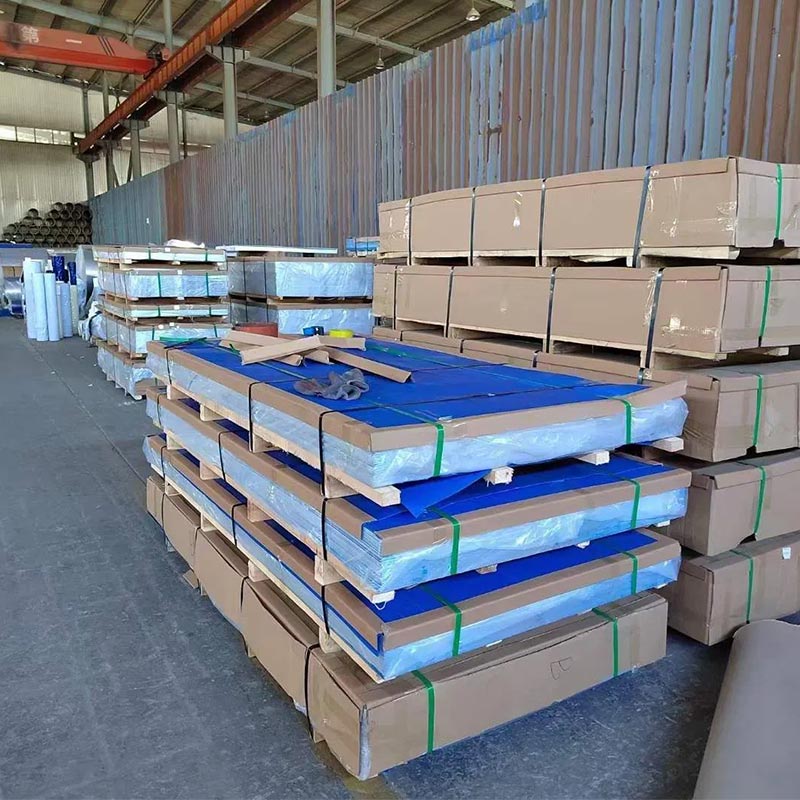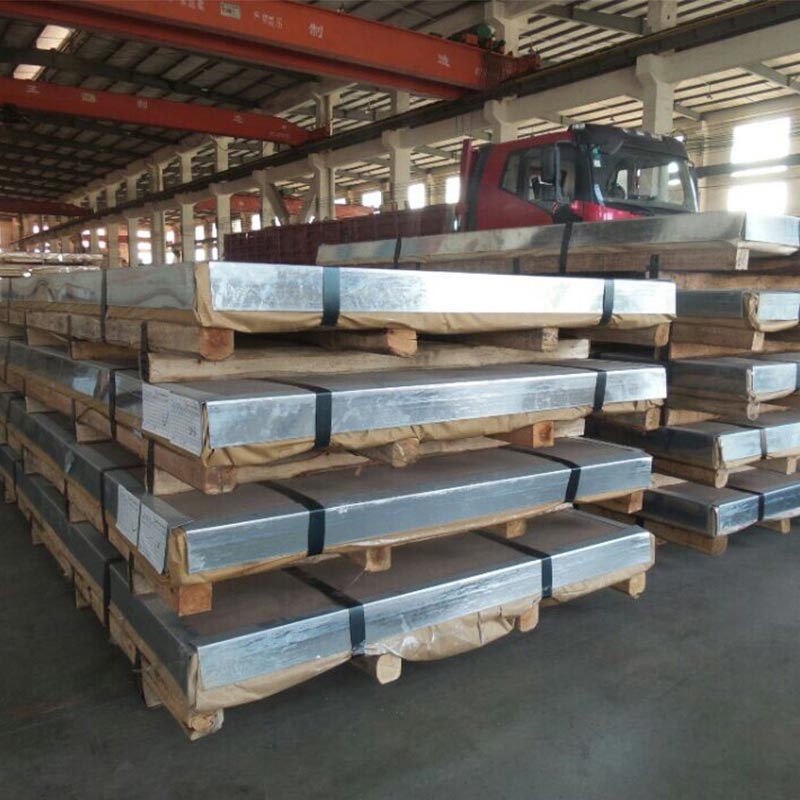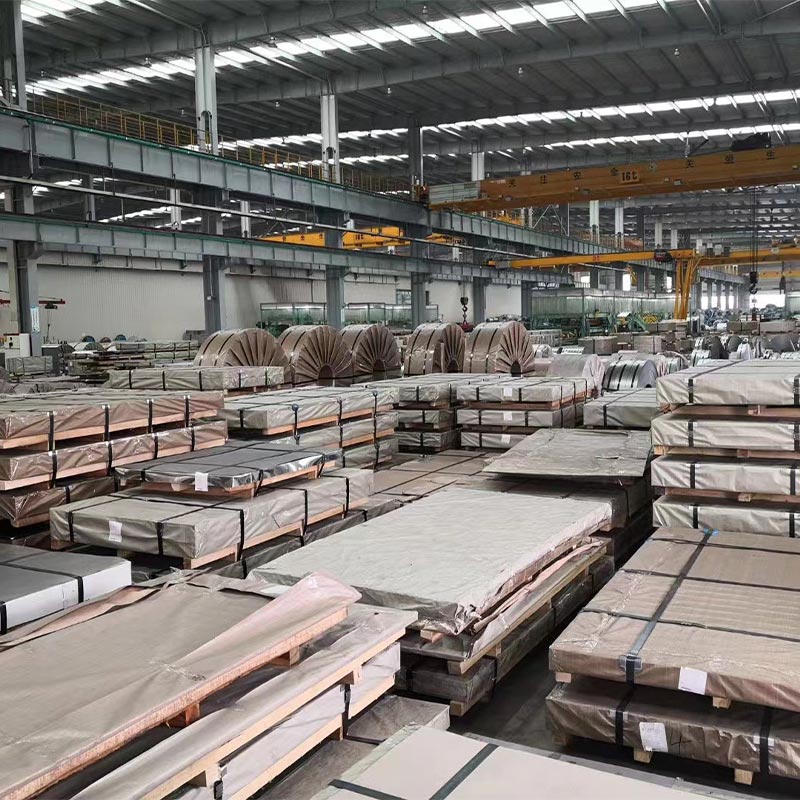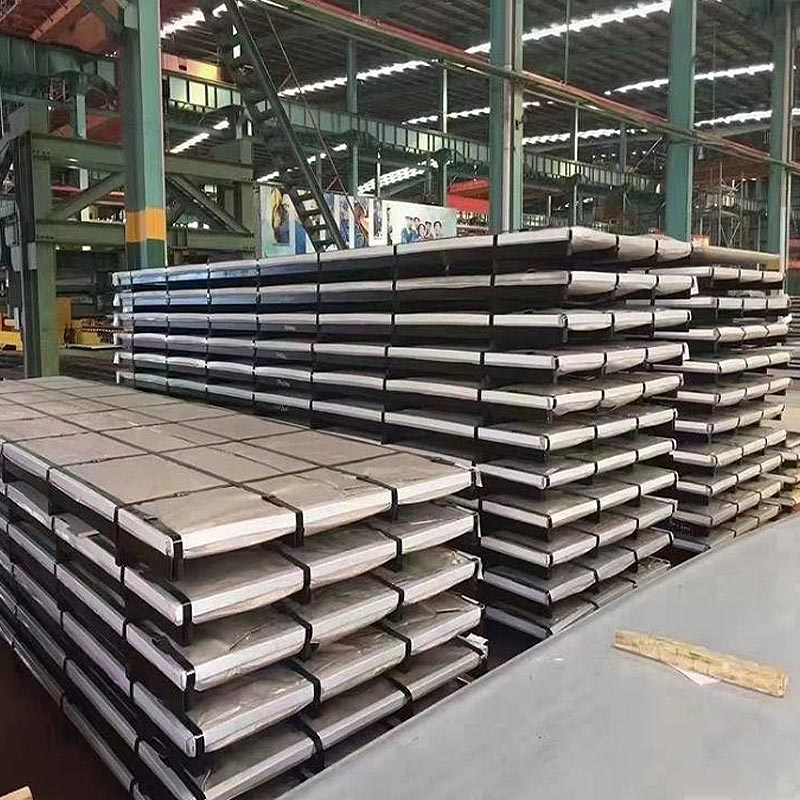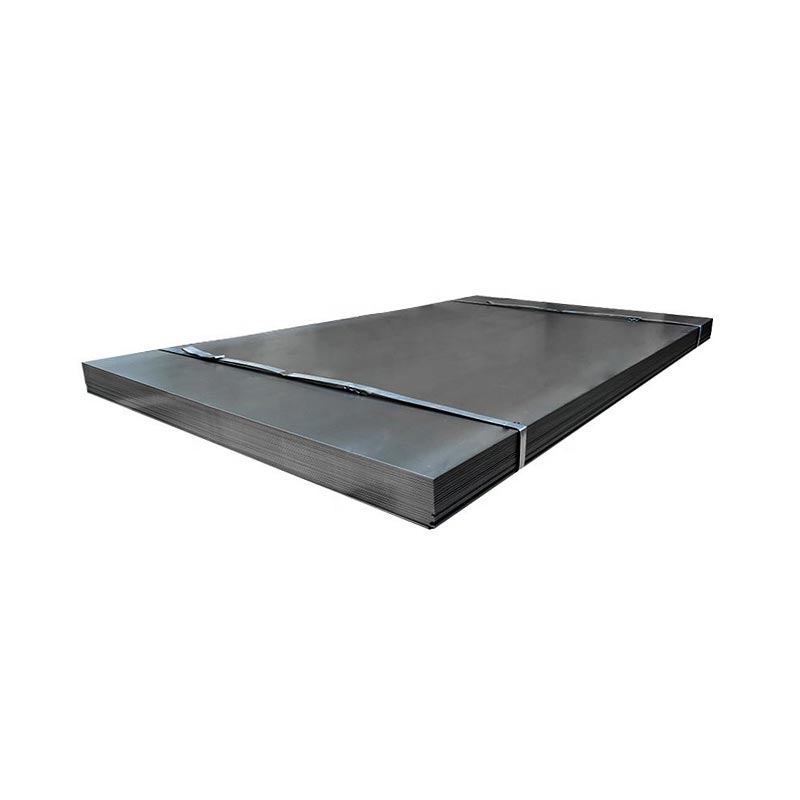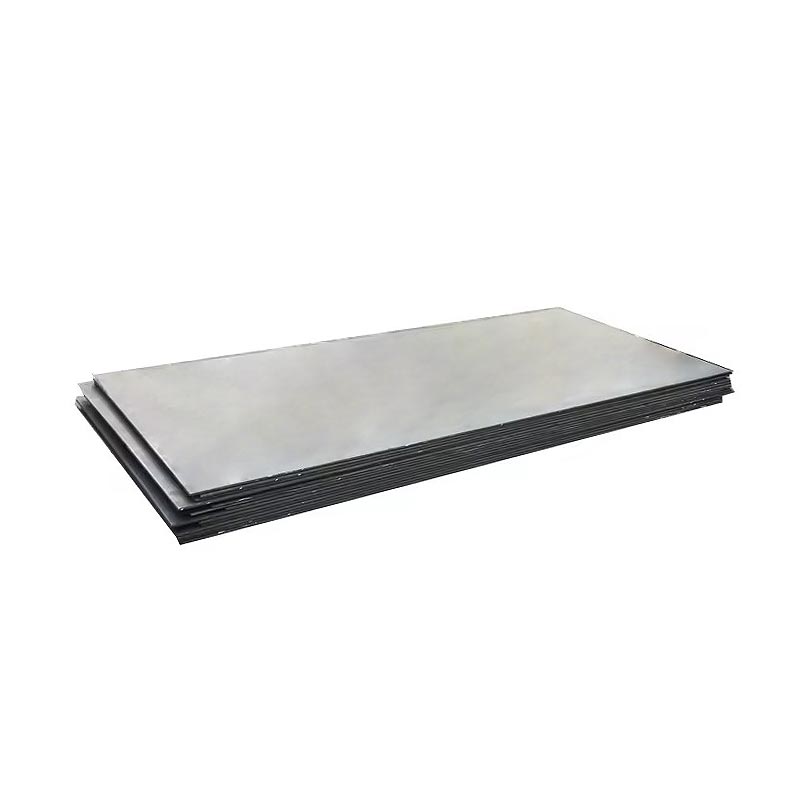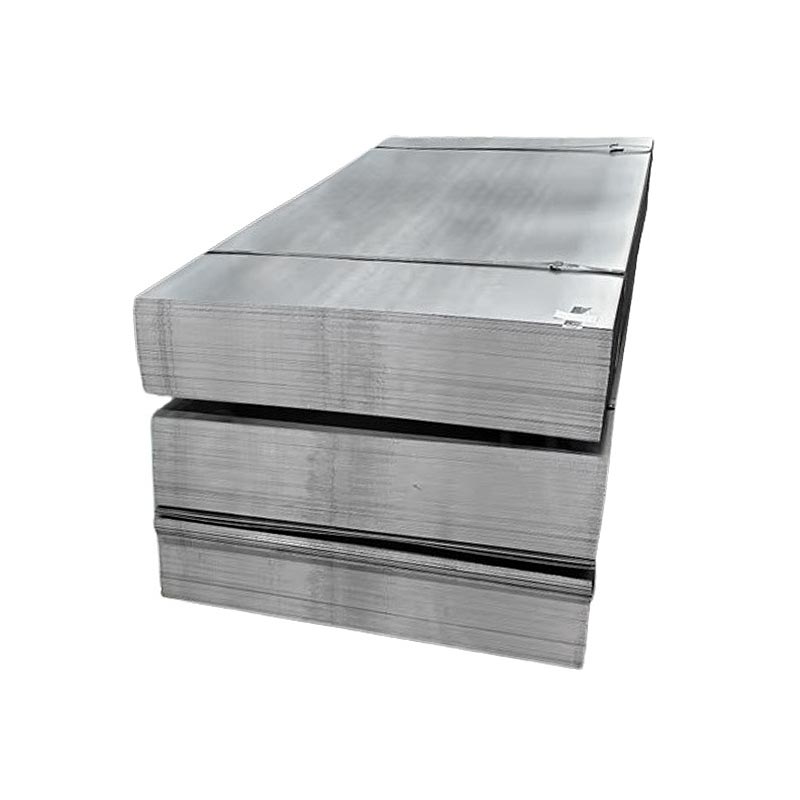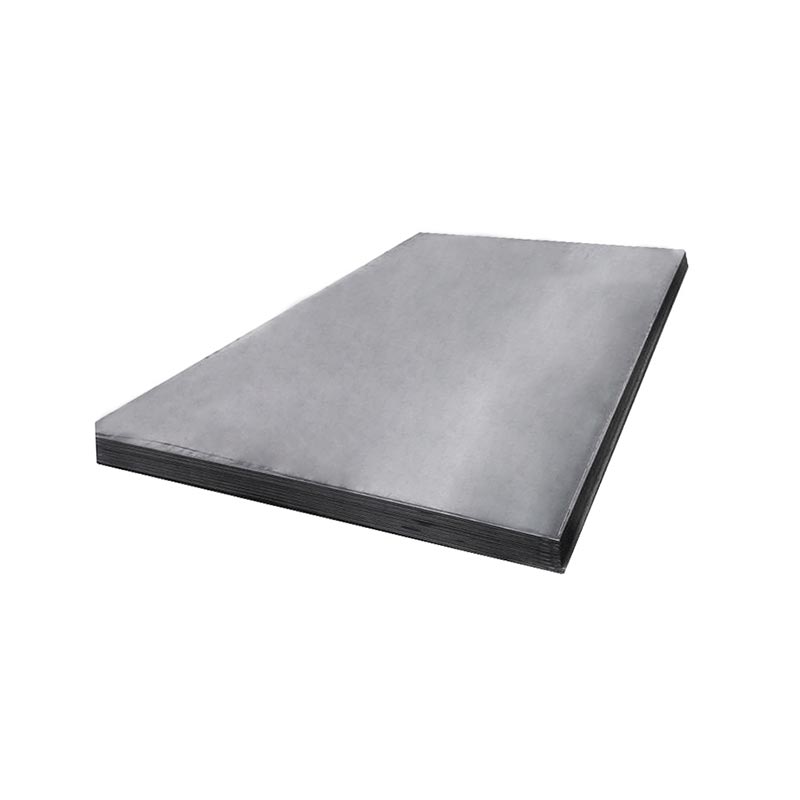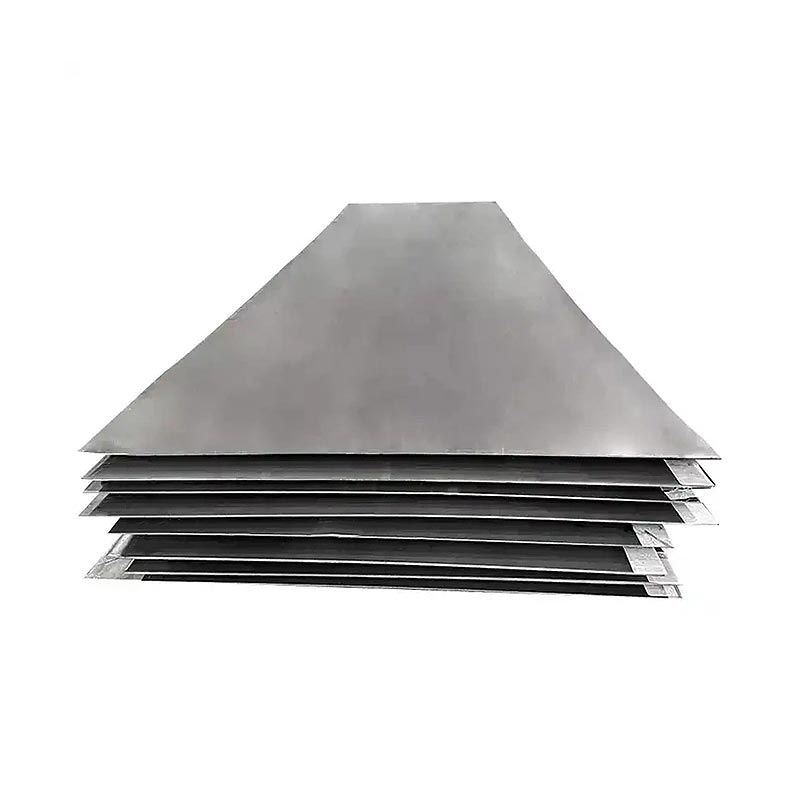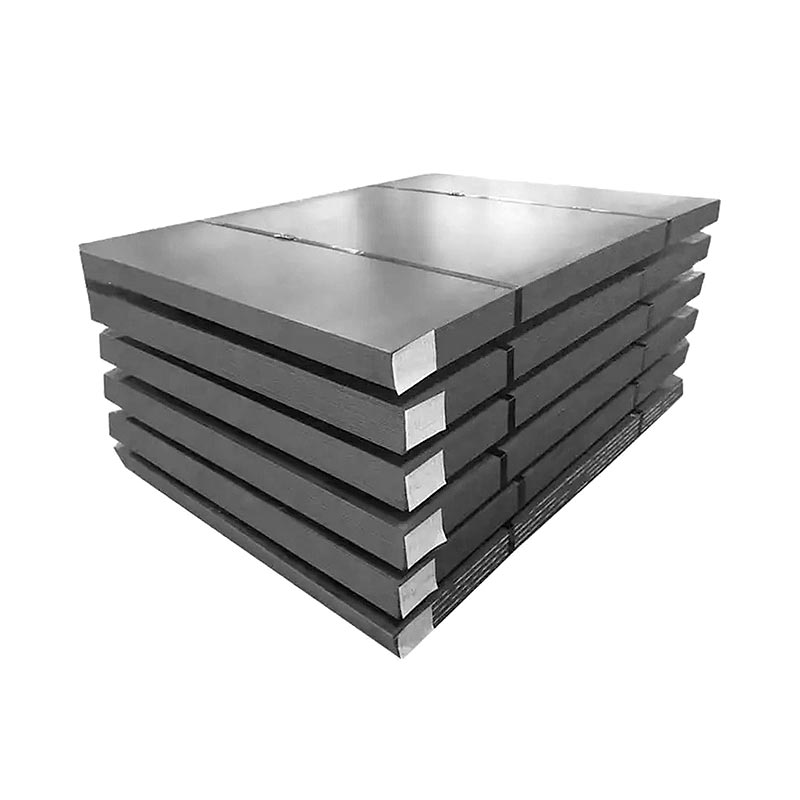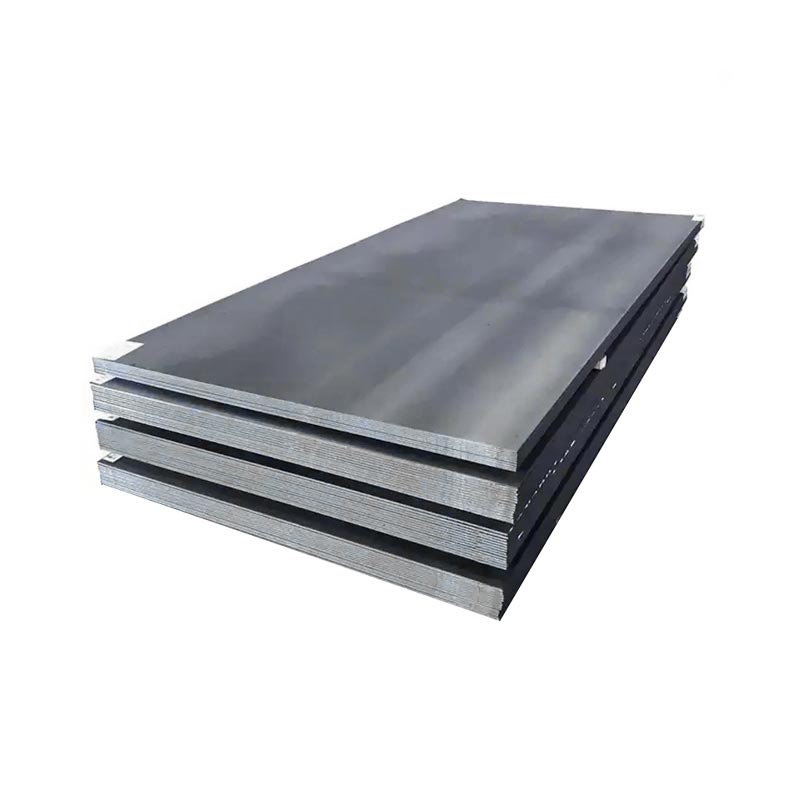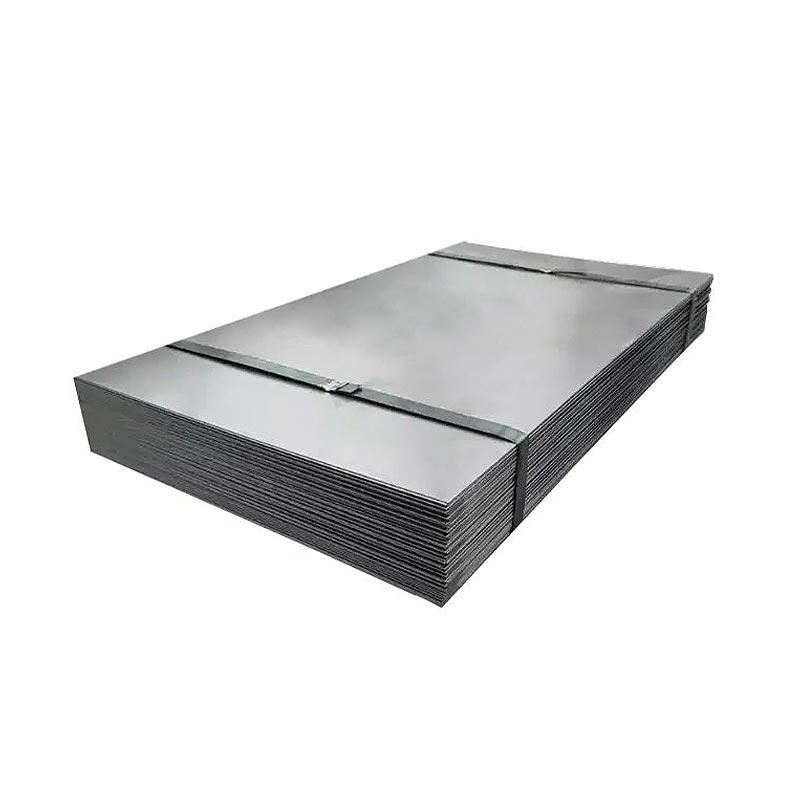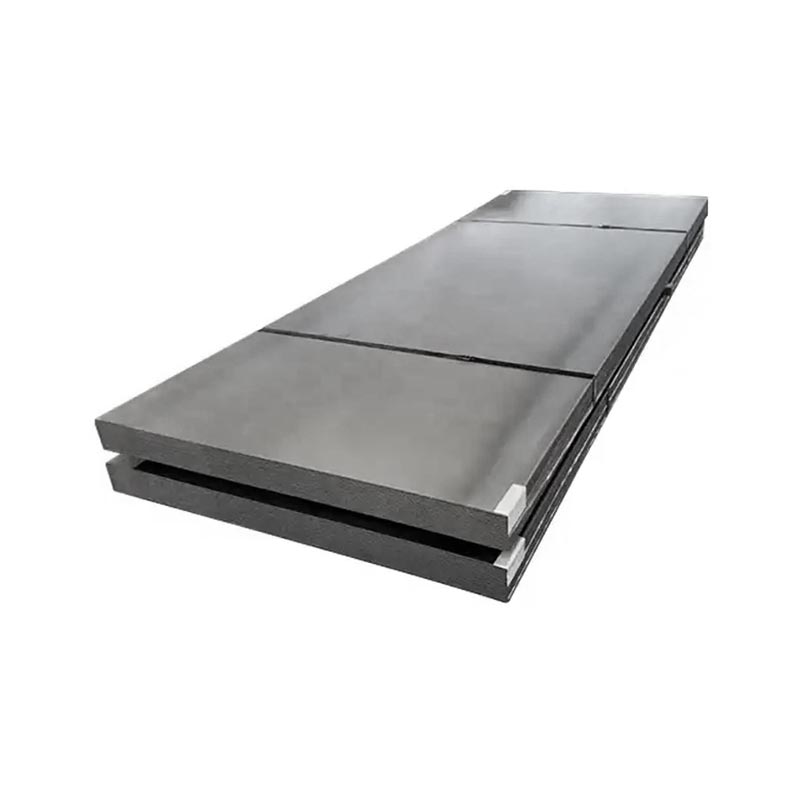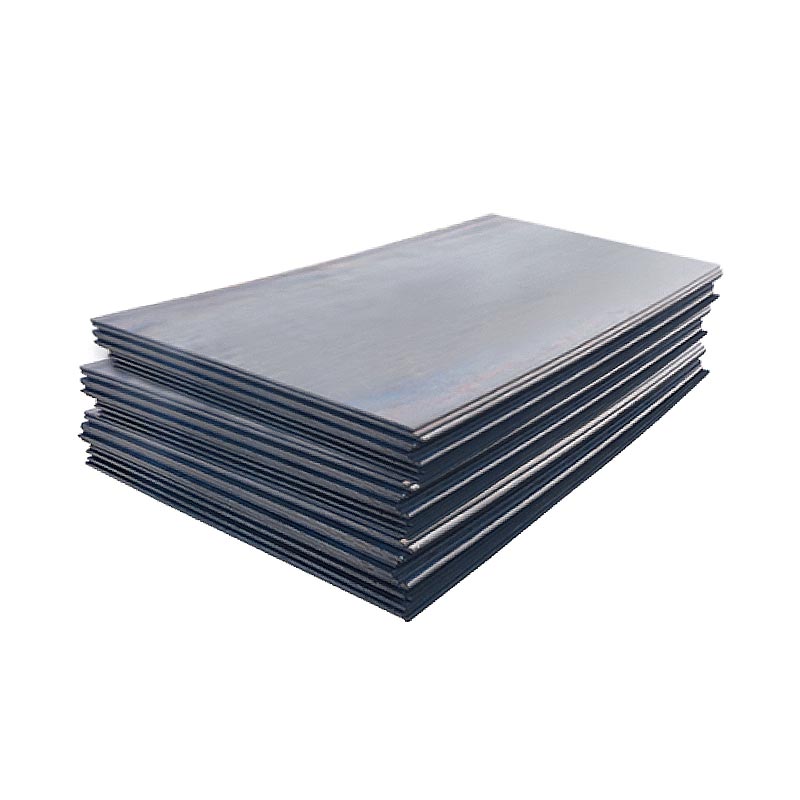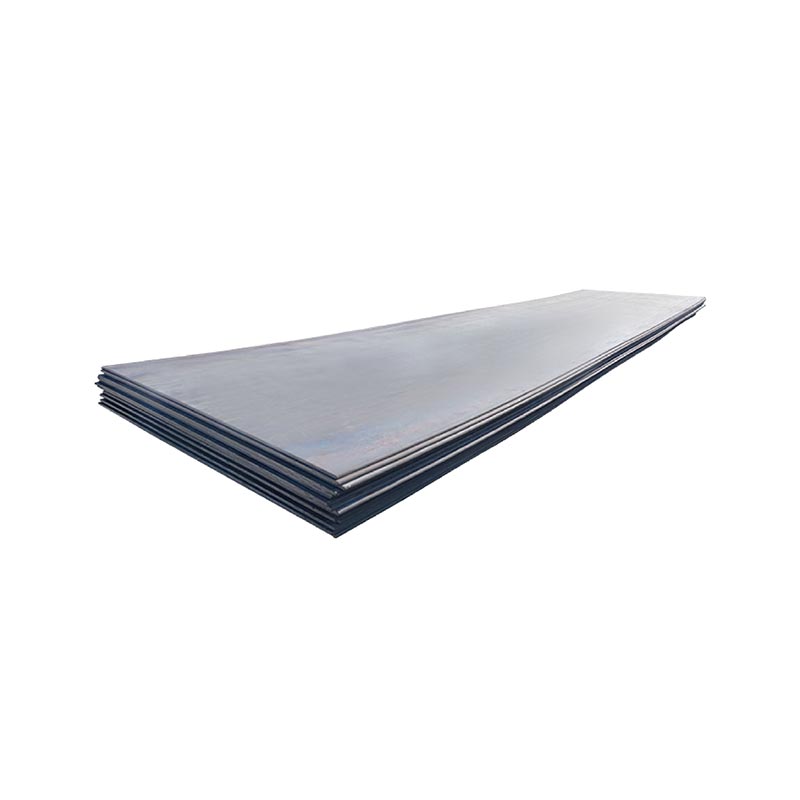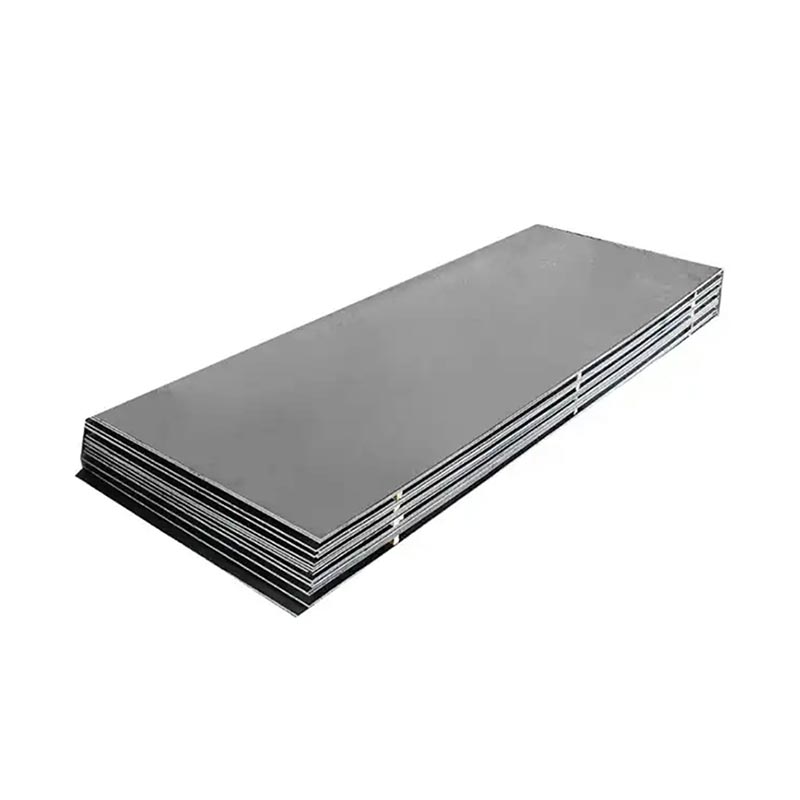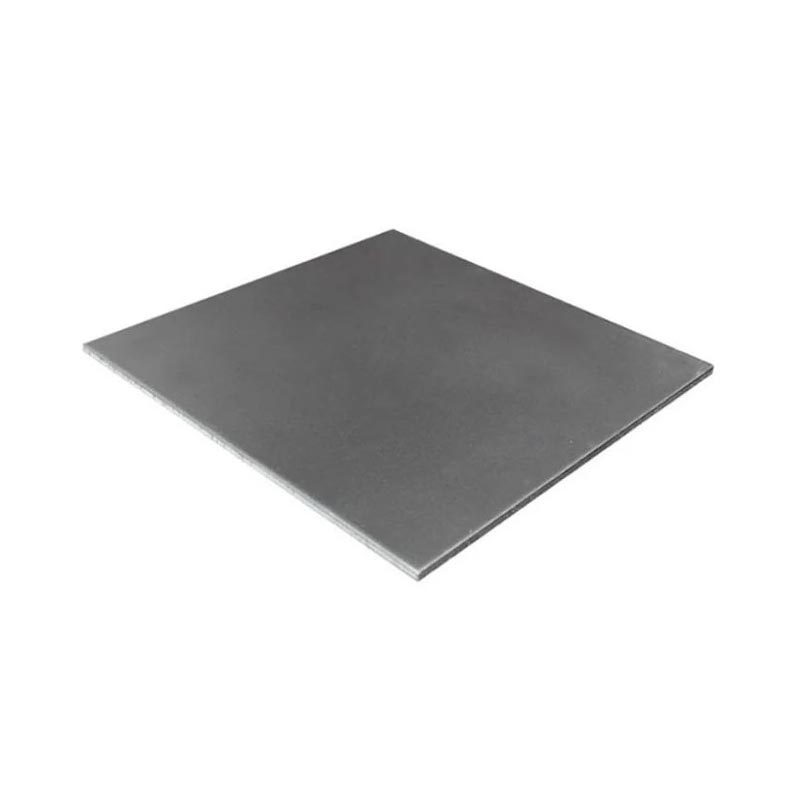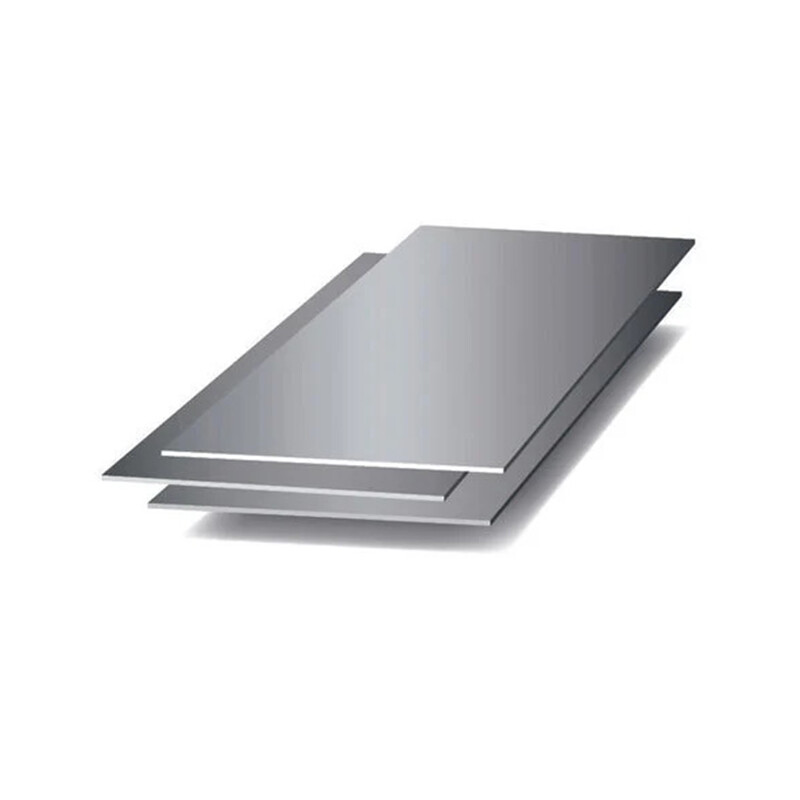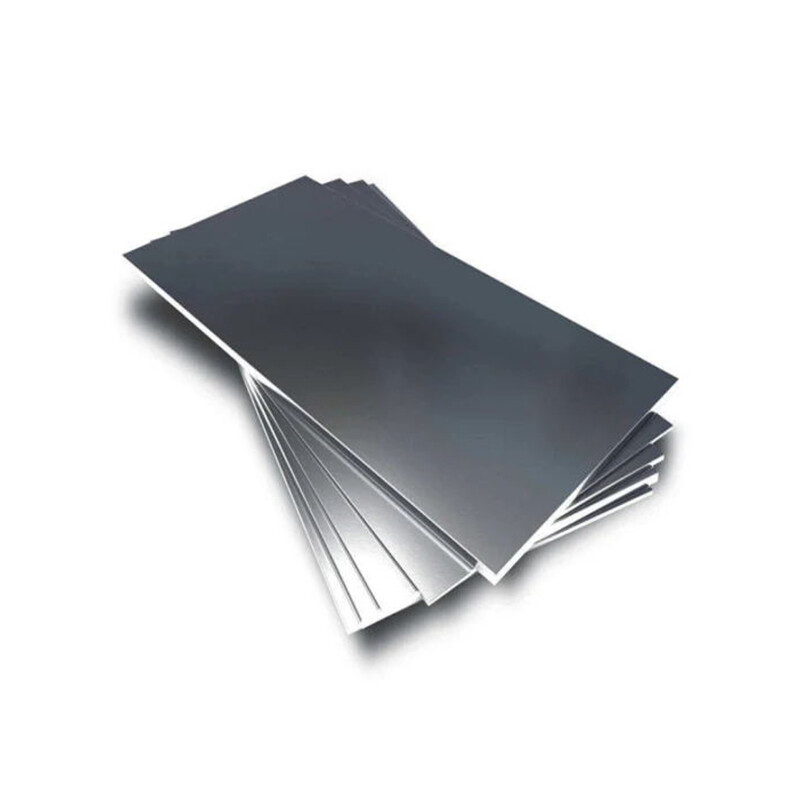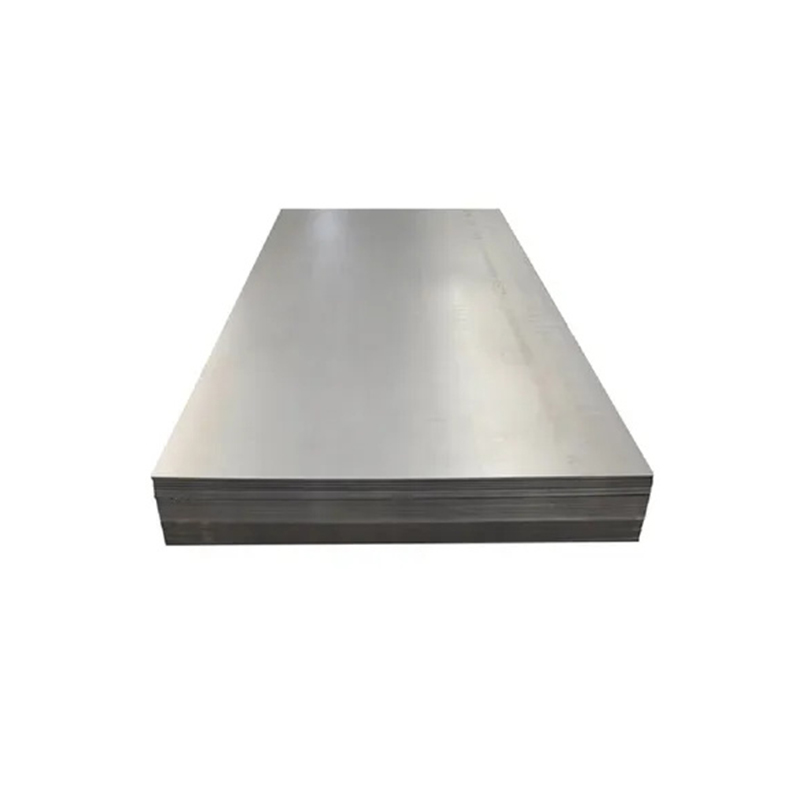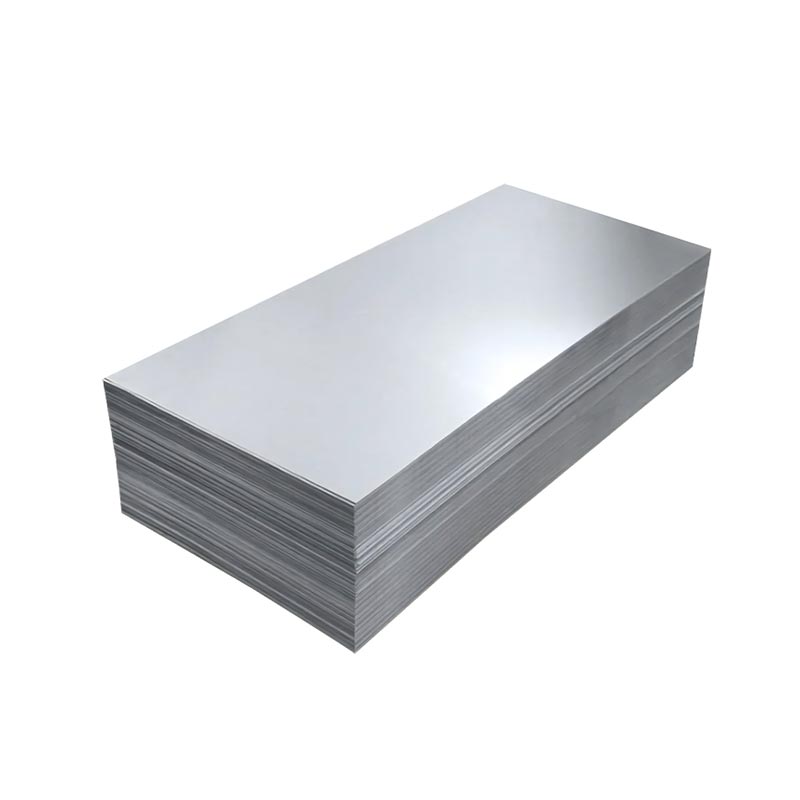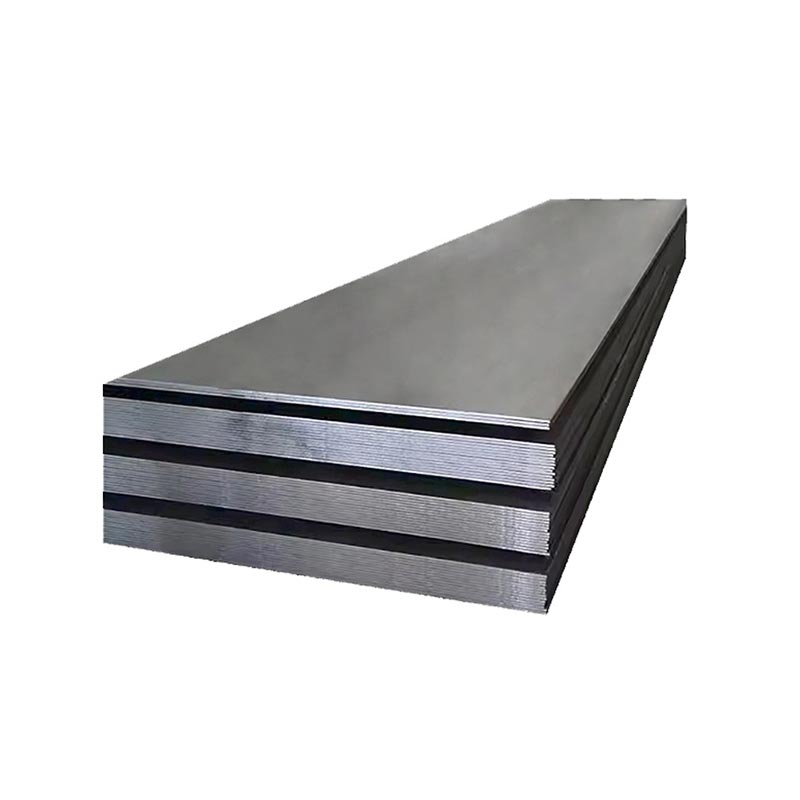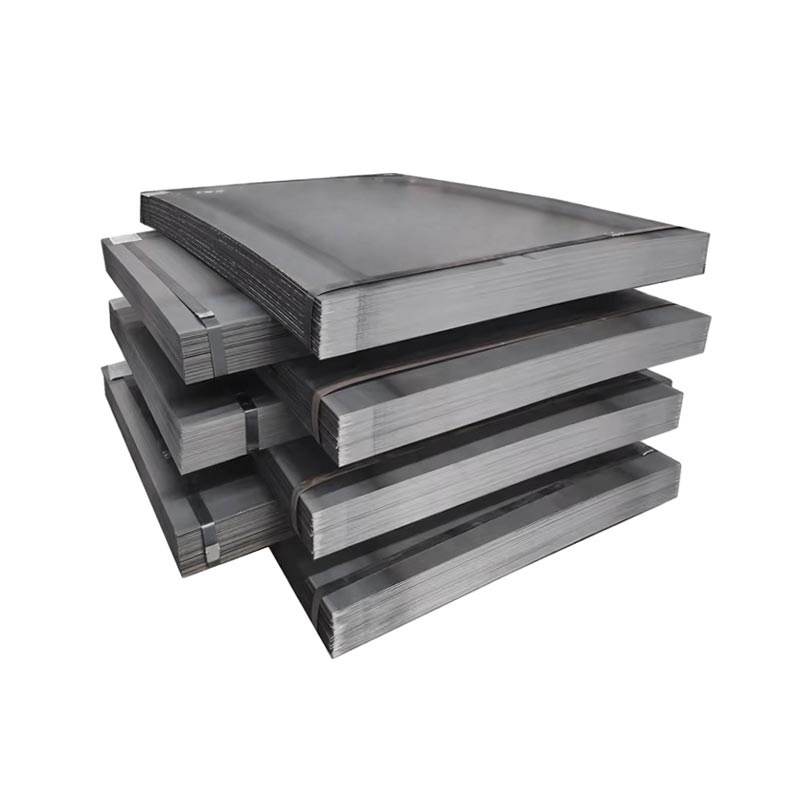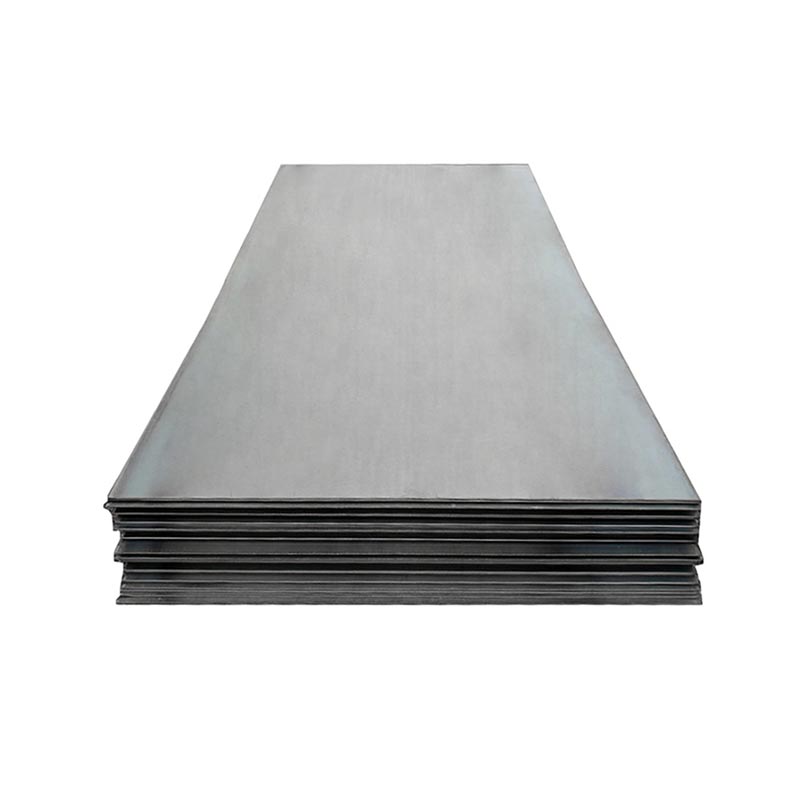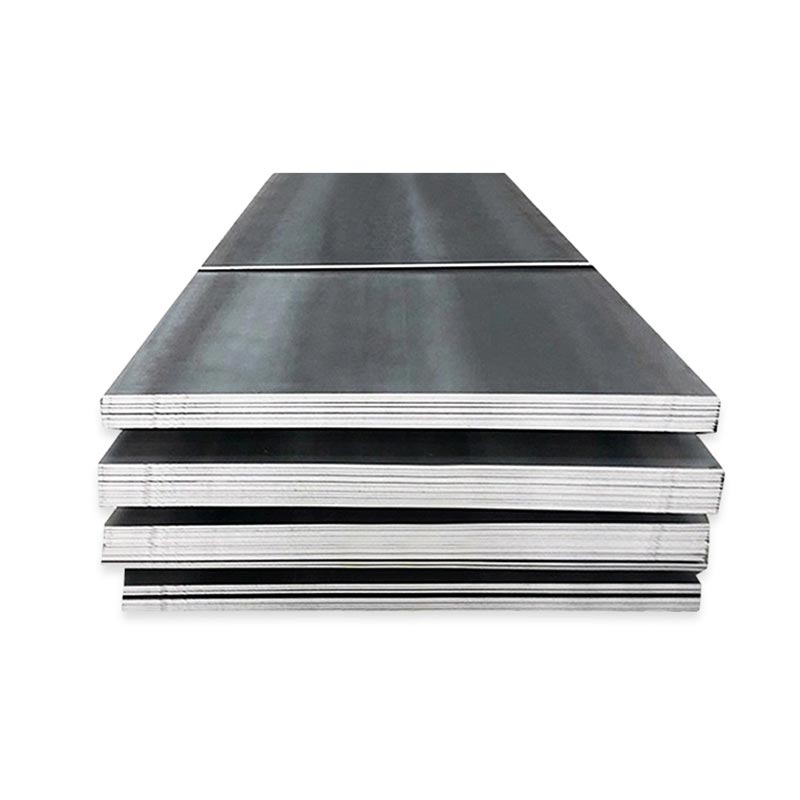Carbon Steel Plate
● A carbon steel plate is a flat sheet made from carbon steel, an alloy primarily composed of iron and carbon, with minimal other elements. It’s categorized by carbon content: low (≤0.25%), medium (0.25–0.6%), and high (>0.6%).
● Low-carbon plates offer ductility and weldability, ideal for construction or automotive parts. Medium-carbon variants balance strength and toughness, used in machinery. High-carbon types are hard but brittle, suited for tools or springs.
● Common grades include A36, S235JR, and A572. These plates vary in thickness, width, and finish, serving industries like construction, manufacturing, and energy for structural, industrial, or fabrication needs.
View Video
A285 Carbon Steel Plate
A285 is a low-carbon steel plate conforming to ASTM standards, designed for pressure vessel service. It offers moderate strength, good weldability, and formability, suitable for low to medium temperature applications. Available in grades A, B, and C (increasing in strength), it’s widely used in boilers, storage tanks, and mild-pressure containers where high toughness isn’t critical but reliability under pressure matters.
Get A Quick Quote!
You Can Leave Us A Message
or Send Us An Email!
Product Details
Product Parameters
Packaging and Transportation
Related Products
Leave Us Message
Please give us a message
What are you lookking for?

